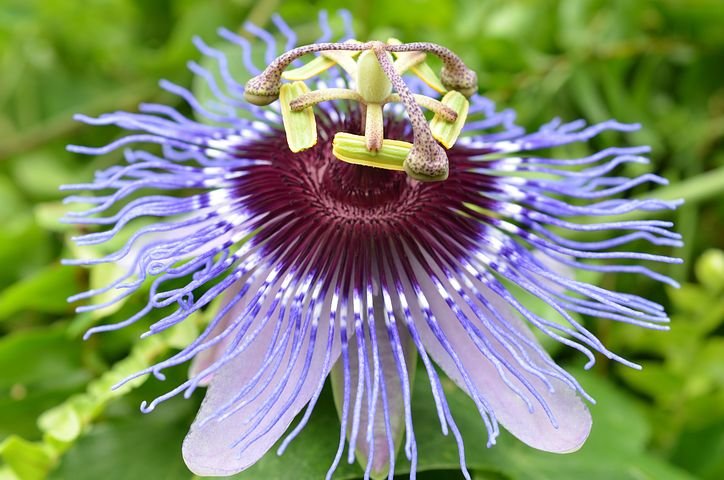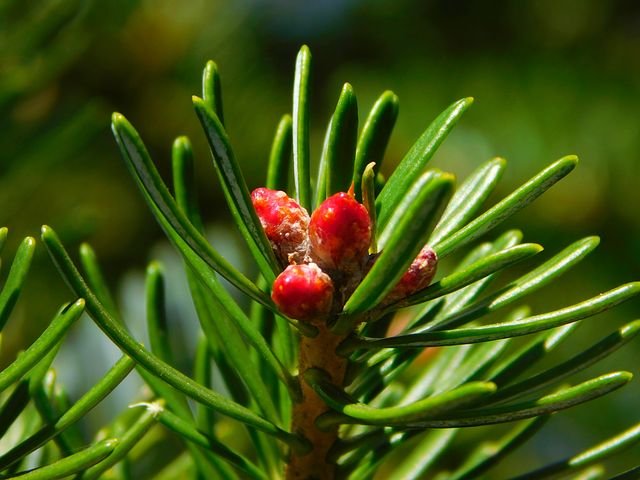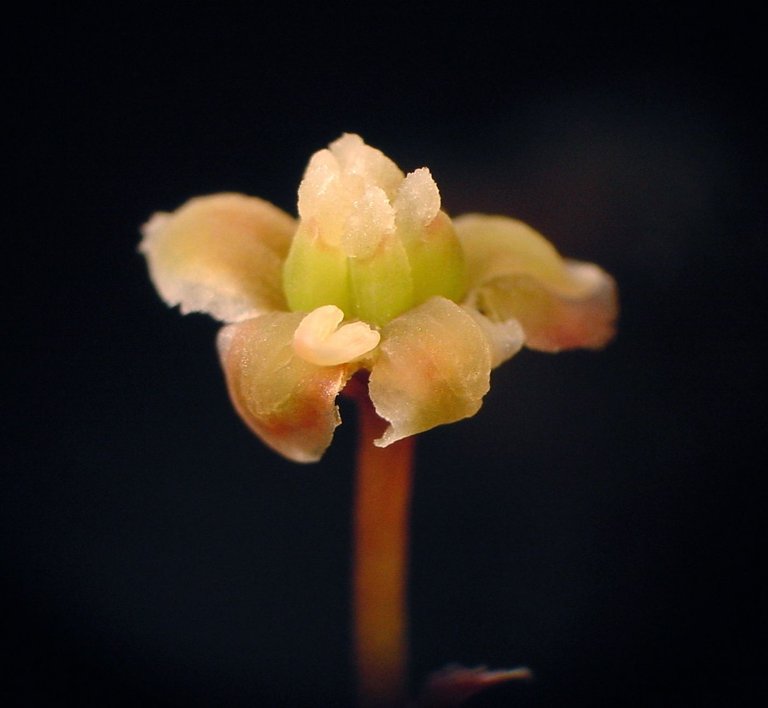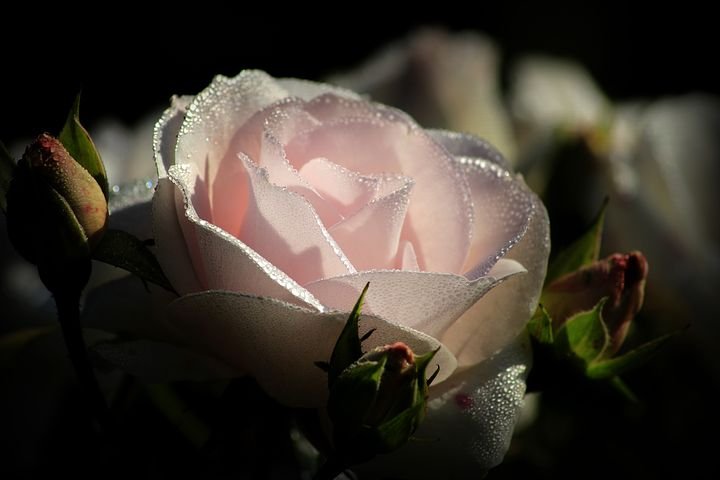Introduction.
The other day a Steemit post about flower pics from around the world caught my attention. It is an amazing post. Kindly visit and see the beauty for yourself.
It made me wonder how flowers evolved?. How did they get to be so beautiful, complex and diverse? The quest led to extensive research and some exhilarating reads. I shall take you through the maze of information now. In this post the term Angiosperms refers to flowering plants. Let’s start.
https://steemit.com/travel/@exploretraveler/a-photo-tour-of-a-few-amazing-flowers-around-the-world
Surprise, Surprise , Darwin was stumped.
Darwin primarily saw evolution as a slow, steady and continuous process.source. He seemed to be greatly disturbed by what appears to be the sudden origin of flowering plants and then the rapid diversification, noted 130 million years ago. His dissatisfaction with this phenomenon that remained unexplained in his times is well reflected in his letter to Joseph Hooker in 1879, in which he called the phenomenon ”abominable mystery”.
 source
source
Darwin attempted to explain the mid-Cretaceous era surprise of the rise of Angioseprms by postulating that in the pre mid-Cretaceous era, flowering plants may have had a long, slow and progressive evolution in yet undiscovered remote locations. source
Before Angiosperms......
Plants that produced cone like structures and conifers such a pine ruled the planet before flowering plants. They are traced as far back as 360 million years ago and thus existed at least 200 million years prior to the first flowering plants. These cone structure producing plants are called Gymnosperms.source
 source
source
To this author, it only makes sense to assume that a genetic variation or evolution amongst the Gymnosperms would have given rise to Angiosperms. Let’s see some insights from recent research.
University of Florida research.
This intriguing research paper discusses the findings when comparisons were made between the genetic circuits of a flowering plant, Arabidopsis Thaliana and Perseo Americana, believed to belong to an older Angiosperm line. It was found that Persea carries to this day all the genetic codes necessary needed for cones to transform into flowers. source
So although the exact steps or the exact Gymnosperms that were responsible for the first flowers, is not known, it is becoming clearer that a genetic shift in the available genetic codes in a Gymnosperm would have created the first flower.
source
(
Amborella Genome Project.
The Amborella Genome Project studies the genome sequence of Amborella. It is believed to be one of the earliest Angiosperms still in existence and was first discovered on the island of New Caledonia.source
 Amborella, source
Amborella, source
The project’s research has unveiled a clue. It appears that a Gymnosperm probably went through a whole Genome doubling, a process in which the plant gains a whole extra copy of its genetic material. This extra material can then give rise to new structures such as flowers. This currently remains the best supported scientific theory of how first flowers came to be.source
Darwin was right. AGAIN!
So far, at least partially. More and more records of Angiosperms predating mid-Cretaceous era are being found in China and Europe. Thus we get the shifting sense that Angiosperms did evolve over a greater period of time than originally believed.
Future directions.
As science always does in answering questions, it opens the pathways to more concrete questions that can now be looked at with a different and more defined frame of reference. Paleobotanists will be trying to answer questions regarding the great diversity of flowering plants and their dominance. The wonderful and successful work thus far will spur more of the same and I hope to see the final answers in my lifetime.
N. Inayet MD, FCCP.
Any constructive criticisms or corrections are always welcome.

Thank you @nedspeaks for the mention. Plant study is something we read about and enjoy, and your posts helps to educate.
You led me here, you evil man.
This was a really nice read! Good job on putting it together. It got me wondering what will be next. Evolution is typically so slow that we might not be around to see. But Gymnosperms gave rise to angiosperms and evolution is always happening. I guess if we left earth and returned possibly a billion years from now we might see fit to make a new category of large plants.
Thankyou guy. Human life is so short compared to our desire to see distant future. Wish it was different. I don’t want to miss a thing.
Well. If we get cryofreezing down that might help. Maybe that's the cure for pollution. Just freeze everyone for a thousand years and wake up to a rejuvenated planet. For a million years and see if the wildlife has changed much.
It'd be the perfect situation for a villain to concur the planet though.
Peace, Abundance, and Liberty Network (PALnet) Discord Channel. It's a completely public and open space to all members of the Steemit community who voluntarily choose to be there.Congratulations! This post has been upvoted from the communal account, @minnowsupport, by nedspeaks from the Minnow Support Project. It's a witness project run by aggroed, ausbitbank, teamsteem, theprophet0, someguy123, neoxian, followbtcnews/crimsonclad, and netuoso. The goal is to help Steemit grow by supporting Minnows and creating a social network. Please find us in the
If you would like to delegate to the Minnow Support Project you can do so by clicking on the following links: 50SP, 100SP, 250SP, 500SP, 1000SP, 5000SP. Be sure to leave at least 50SP undelegated on your account.
@originalworks
To call @OriginalWorks, simply reply to any post with @originalworks or !originalworks in your message!